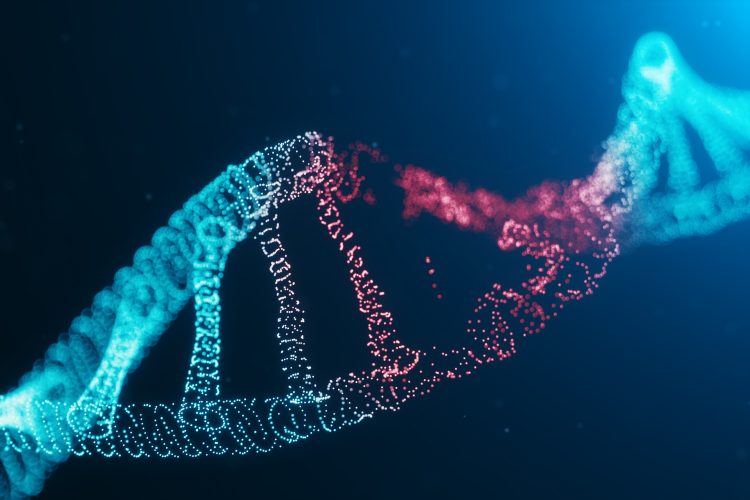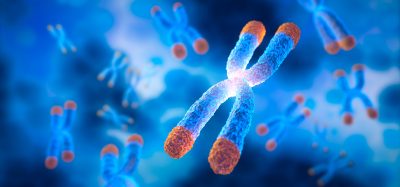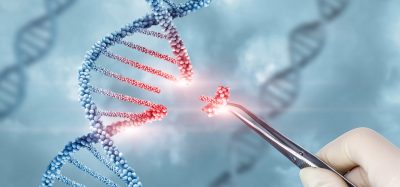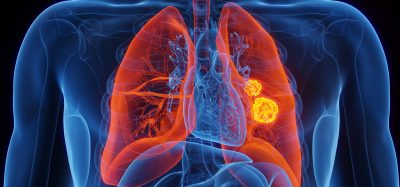Cancer and the DNA fork reversal mechanism
Posted: 13 November 2023 | Drug Target Review | No comments yet
Researchers find that polymerase epsilon exonuclease is an essential target for cancer diagnosis and treatments that rely on DNA damage.


Key factors in the mechanism behind DNA repair in the body have been found by researchers at Tokyo Metropolitan University. They demonstrated for the first time that the “proofreading” portion of the DNA replicating enzyme polymerase epsilon ensured safe termination of replication at damaged portions of the DNA strand, saving DNA from severe damage. This understanding could enable scientists to improve anti-cancer drugs’ efficacy and offer new diagnostic methods.
Single-strand breaks
Each day, around 55,000 single-strand breaks (SSBs) appear in the strands making up DNA helices in individual cells. Polymerases, molecules that replicate DNA strands, try to make new helices from broken strands but can break the helix, making a single-ended double-stranded break (seDSB). However, cells can deal with strand damage. The first way they can do this is by homology directed repair (HDR), where double stranded breaks are fixed. Another way is “fork reversal,” where the replication process is reversed, stopping the SSBs turning into DSBs in the first place. The precise mechanism behind fork reversal was unknown.
To prevent cancers and ensure the effectiveness of cancer drugs that rely on DNA damage, understanding how DNA damage is prevented is crucial. Camptothecin (CPT) is an anti-cancer drug that causes single-strand breaks. Since cancer cells typically replicate quicker than normal cells, they create many seDSBs and die out, leaving normal cells less harmed.
New understanding
Recently, an international team led by Professor Kouji Hirata of Tokyo Metropolitan University have shown how fork reversal works. They studied polymerase epsilon, an enzyme responsible for creating new DNA from a portion of the DNA which has unzipped. They found that the exonuclease, the “proofreading” portion of the polymerase that ensures copy accuracy, was essential.
Cells deficient in the exonuclease part demonstrated strong susceptibility to exposure to CPT. The only other known factor to affect fork reversal is PARP, which when supressed also led to increased cell death. However, suppression of both showed no further increase in cell death beyond what was seen with PARP, suggesting that PARP and the polymerase epsilon exonuclease work together to trigger fork reversal.
The researchers studied cells where the gene coding for BRCA1, the breast cancer susceptibility protein, was disrupted. An additional deficiency of the exonuclease meant sensitivity to CPT was increased, far more than expected from either defect. The BRCA1 deficiency is linked to an elevated risk of breast cancer so the exonuclease may be targeted to make drug treatments more effective.
The research, showing that drugs targeting the polymerase epsilon exonuclease can improve the effect of anti-cancer drugs, is very significant. Also, exonuclease defects have already been seen in a variety of cancers, making it likely that these cells have impaired fork reversal capability. This is a promising target for future diagnostics and treatments.
This study was published in Nucleic Acids Research.
Related topics
DNA, Drug Targets, Enzymes
Related conditions
Breast cancer
Related organisations
Tokyo Metropolitan University
Related people
Dr Kouji Hirata (Tokyo Metropolitan University)








